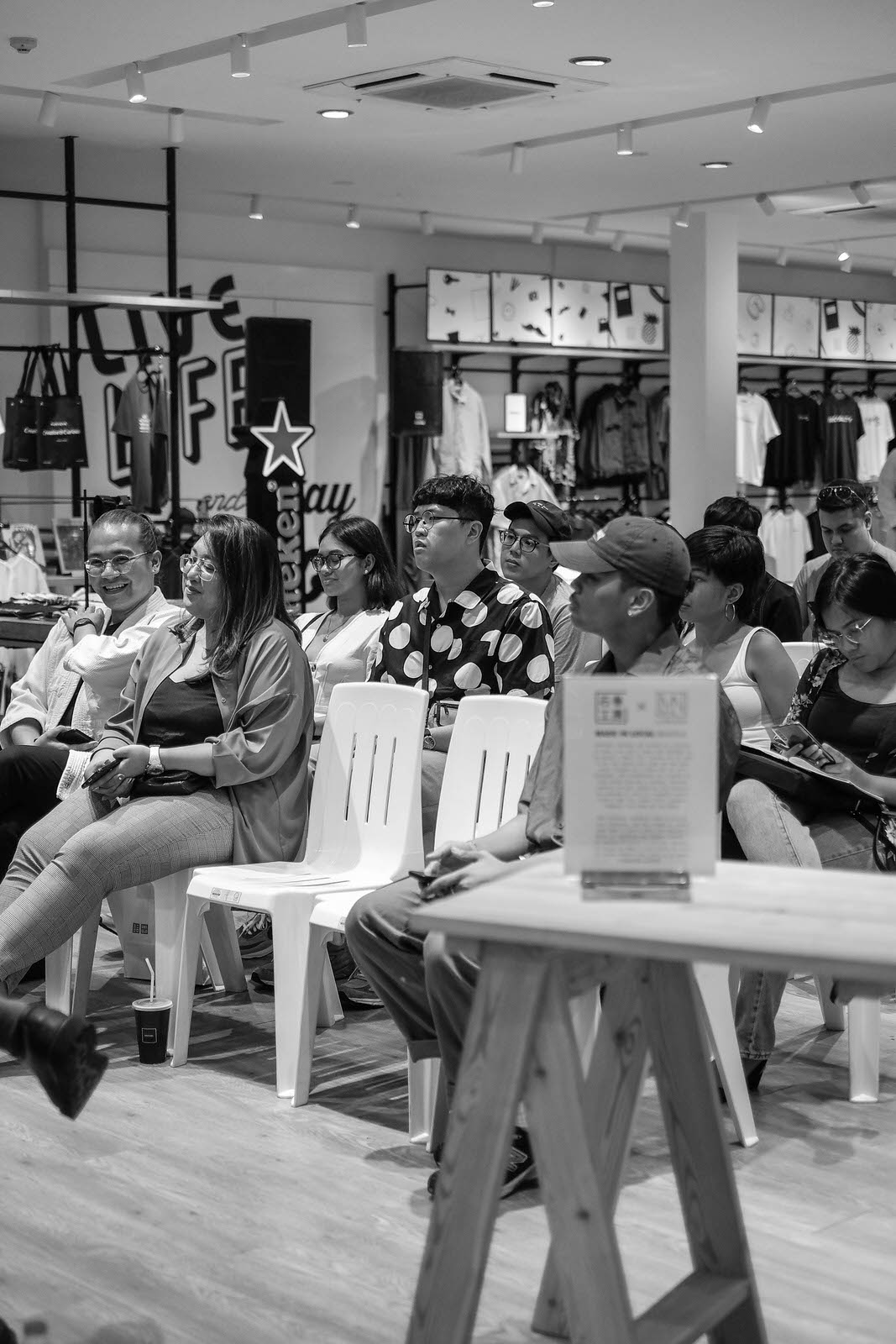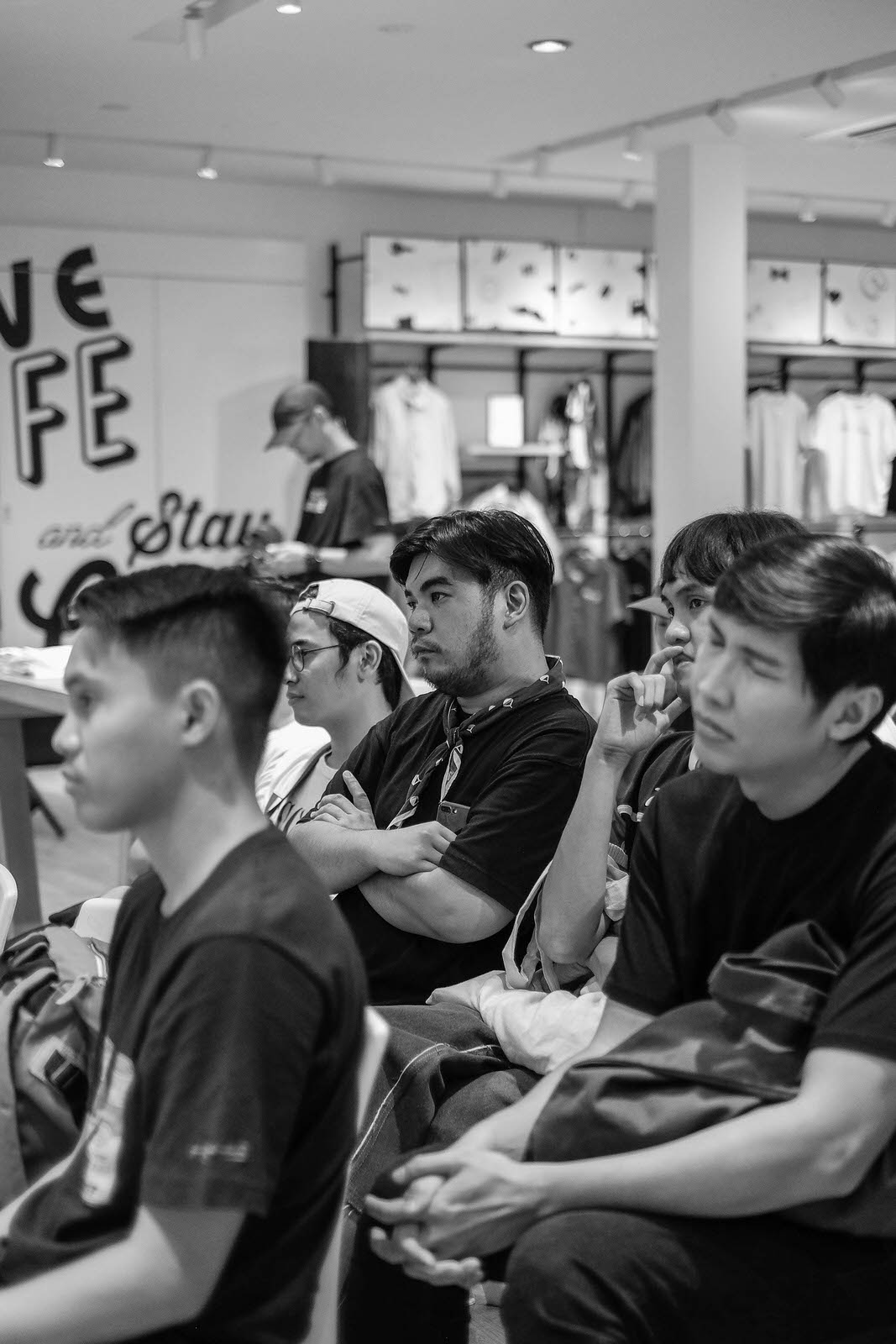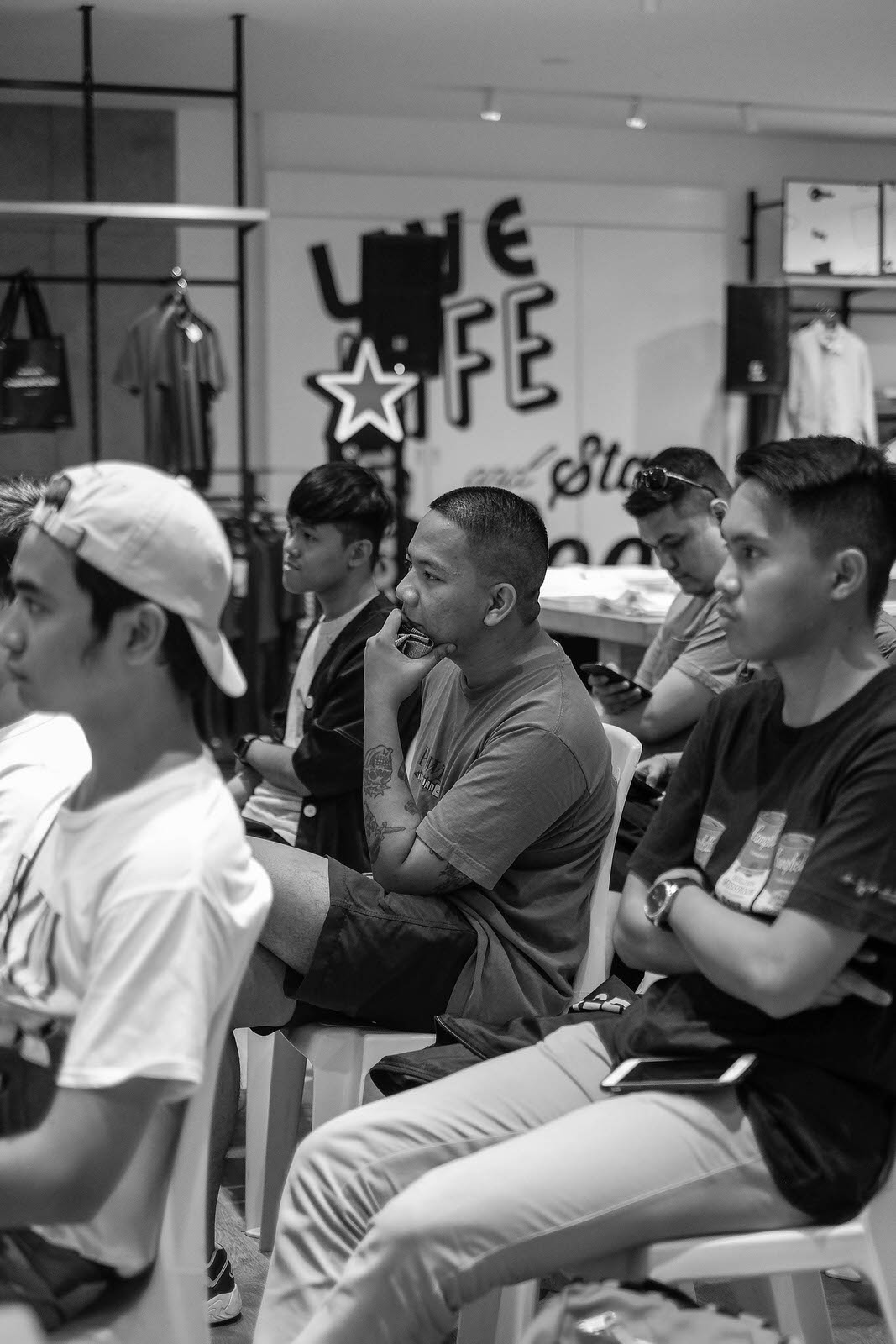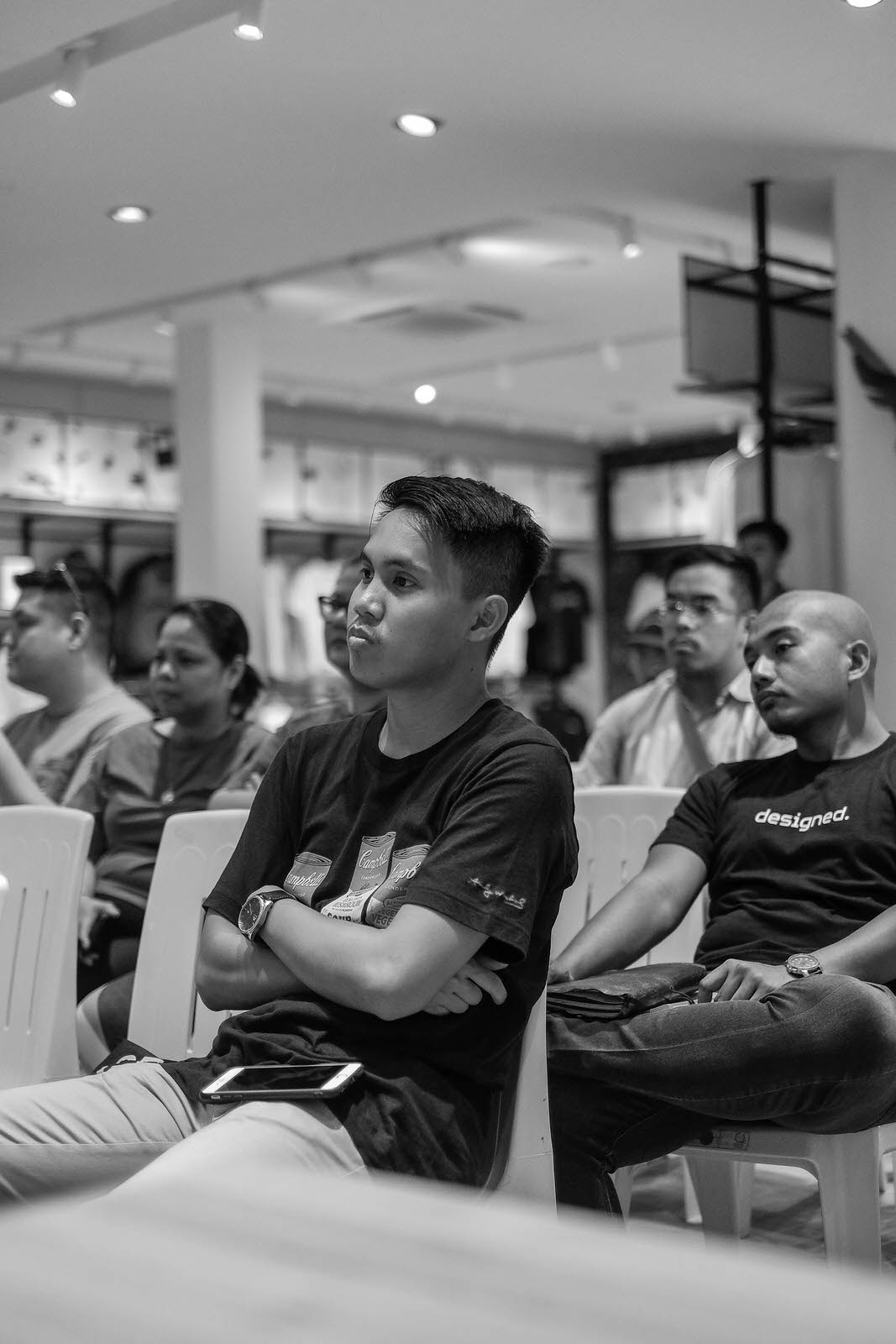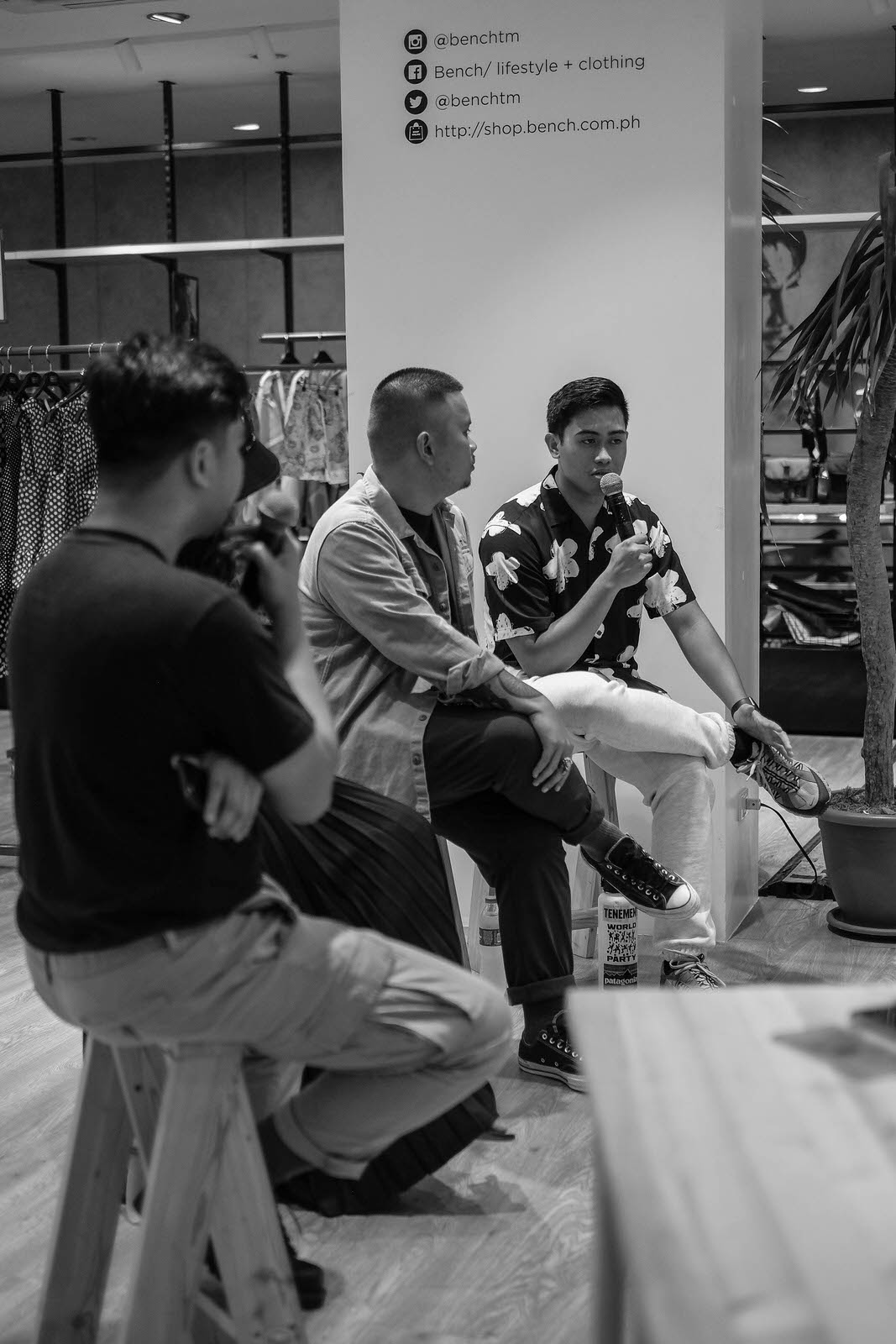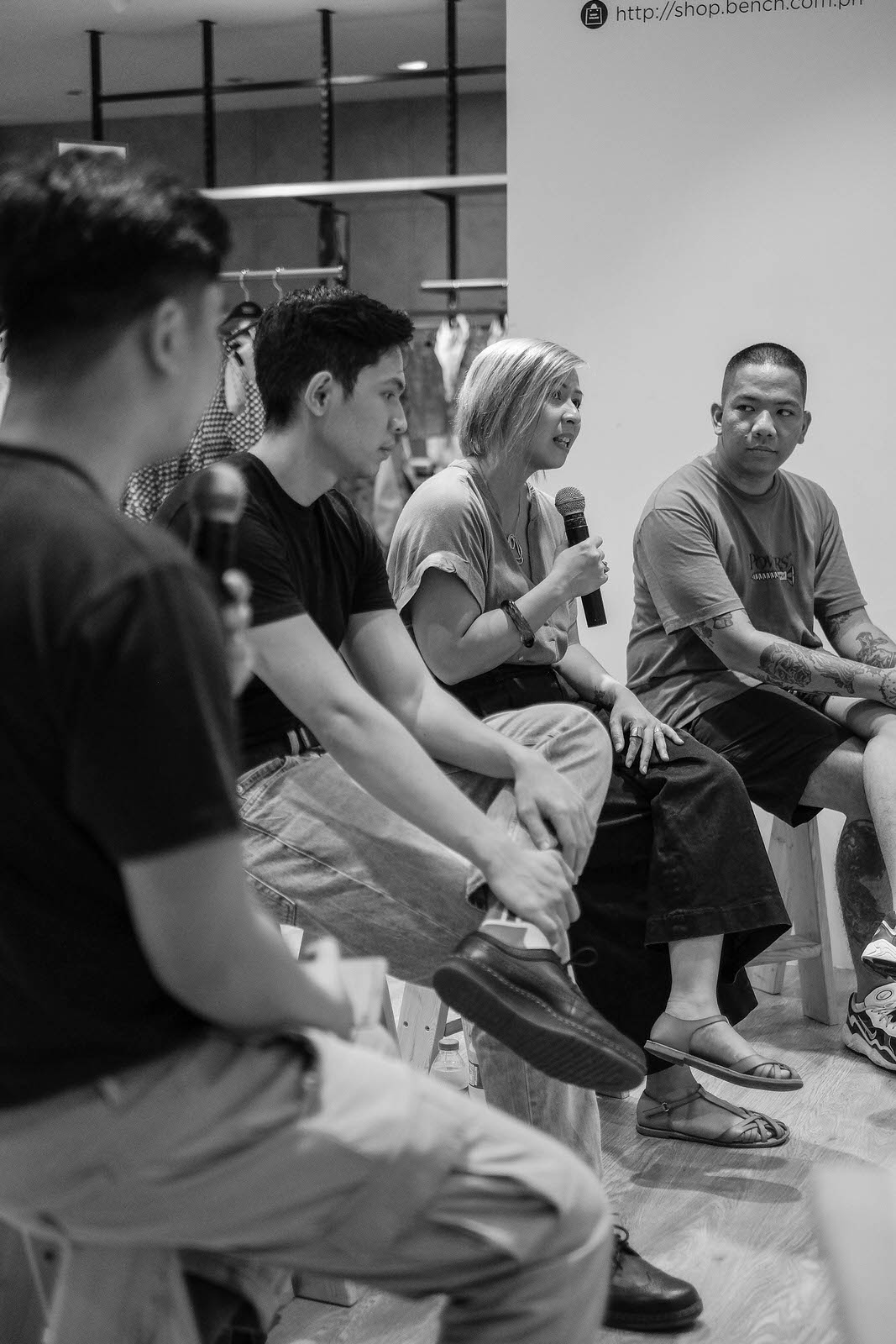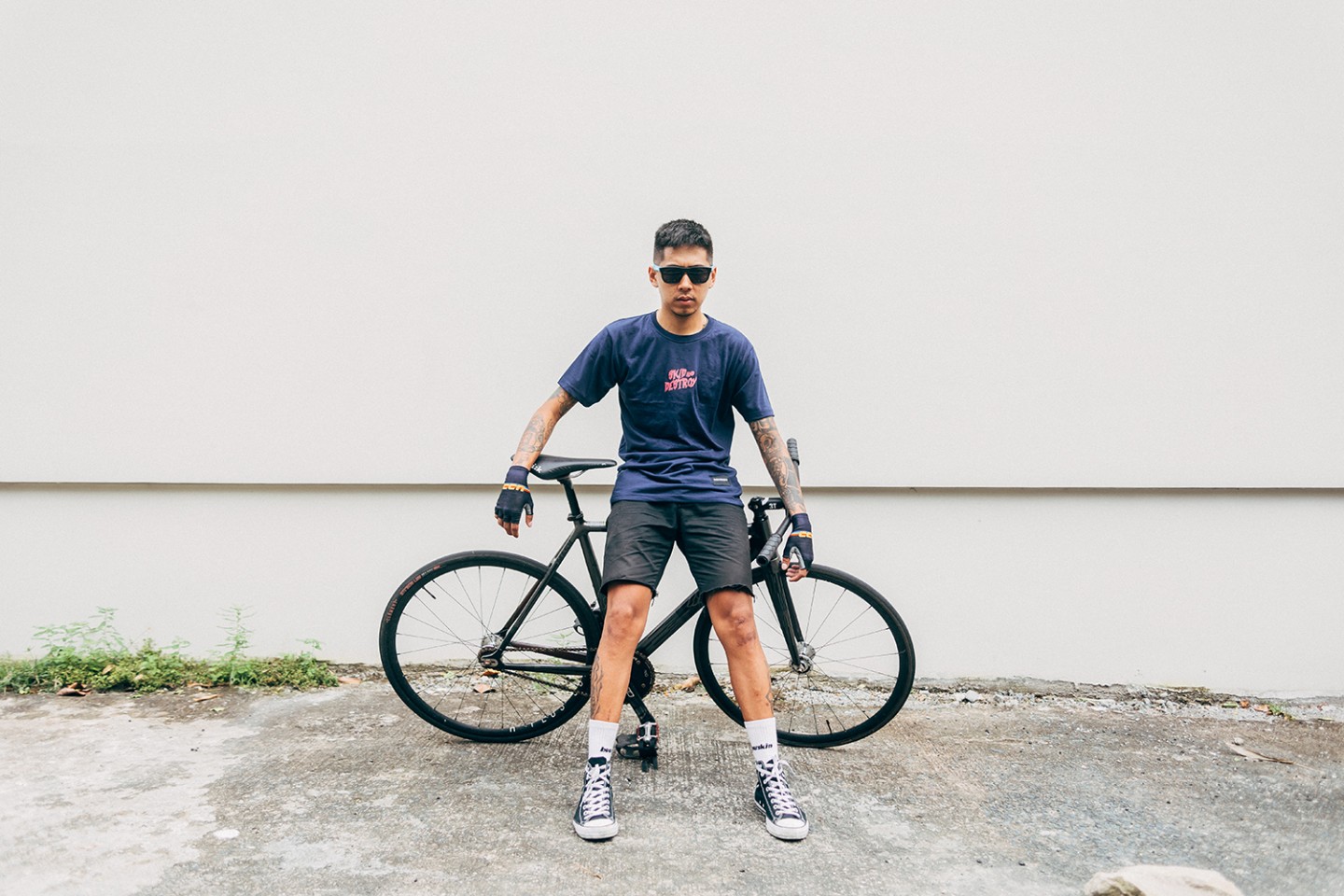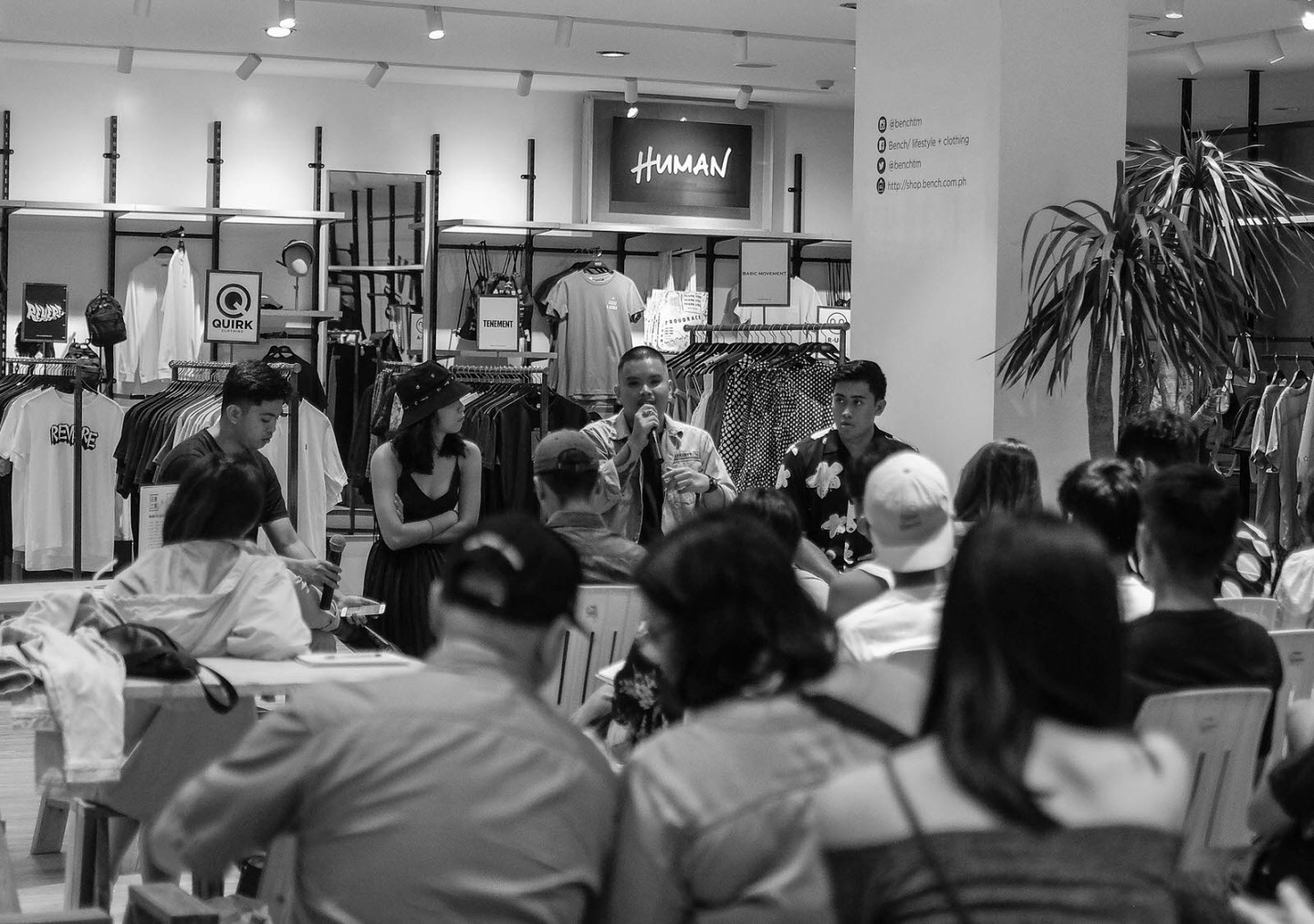
Nowadays, anyone can start a brand—but that’s the easy part; while resources are vastly accessible and startup culture, unquestionably in vogue, what stems forth when entrepreneurial hopefuls end up virtually elbowing each other for a portion? When so much of this generation happens to be launching the latest novel idea, what does it really take to be a cut above the rest in today’s saturated marketplace?
From Point A to Point B, to pursuing longevity, startup owners Van Valdez (of Tenement), Esme Palaganas (of Basic Movement), Mong Feliciano (of KLTRD), RJ Santos (of Randolf), Kitty Buñag (of Nomadic Tendencies), and French Andico (of Revere) break down what it takes to build a brand and create quality products from the inside out.
Last May 18, the Bench Flagship Store recast its 3rd Floor as a classroom: with no textbook in sight, apparel framed the space as proof of application. Overhauling formal lectures were back-to-back discussions on retail across six guest panelists and their host, Purveyr founder, Marvin Conanan. A class secretary was nowhere to be found, but the seats wound up filled nonetheless; on their own volition, students raring to start ‘things’ honed in on valuable insight. With no tests to evaluate their comprehension, the main litmus would eventually be the streets itself; because really, when we get right down to it, lessons are best absorbed in the concrete arena. And although most of us will vouch for the merit of experience, the wiser recourse would be to learn from those who’ve walked the path themselves.
So, how does one go about defining the brand? Across the board, panelists agreed that its direction must be thoughtfully developed (even) before peddling shop. Basic Movement Founder and Designer, Esme Palaganas iterates how crucial it is to determine your set of values in advance: “What is your brand’s je ne sais quoi? If you’d like to run your stakes in this already cluttered marketplace, your message has to be clear, so you can capture your unique bit of the pie—because at the end of the day, you need to make some money; and it just won’t happen if you end up fading into the background. The ROI can be pretty modest to begin with, so consider how you aim to break even that initial investment. Don’t dive into the pool empty-handed; keep your brand afloat (and visible) with a list of definite values.” Tenement Owner, Van Valdez seconds the fashion industry’s extreme congestion: “That’s why a brand owner shouldn’t just assemble products without intention; Who do you want to speak to?” he asks. Mong Feliciano of KLTRD emphasizes that almost anyone can come up with a quality t-shirt, but what might set apart your basic cotton tee from the gnarly sea of commodities? All concede that brands exist to tell stories.
And they say the narrative begins with a logo—but out of the myriad of creative possibilities, how does one draw up a major label? Referencing companies like Google, the panelists recognized that it wasn’t the complexity of the type that made a logo stand out; it was in the substance of a name, and how strongly it resonated the brand’s essence. At an initial glance, your logo should be able to pack a punch without needing to explain much. Even subtleties like playing with spelling can do wonders to set your name apart: by eliminating just one letter, PURVEYR ably capitalizes on search engine optimization. Beyond aesthetic appeal, consider practicality: imagine your logo applied on actual articles of merchandise and clothing; how does it pan out?
When founding something, no resource must be left untouched. Although Mong of KLTRD admits that he wasn’t (as) well-versed with the marketing game to begin with, he emphasizes how important it was to utilize strategy, learning procedure along the way: “Don’t be naïve when it comes to pursuing your business. Use all of your knowledge, skills, and resources; wield social media to the best of your ability. Consult more experienced friends for advice and learn to delegate certain tasks to more skilled individuals. Observe and study the psychological motives behind market behavior.”
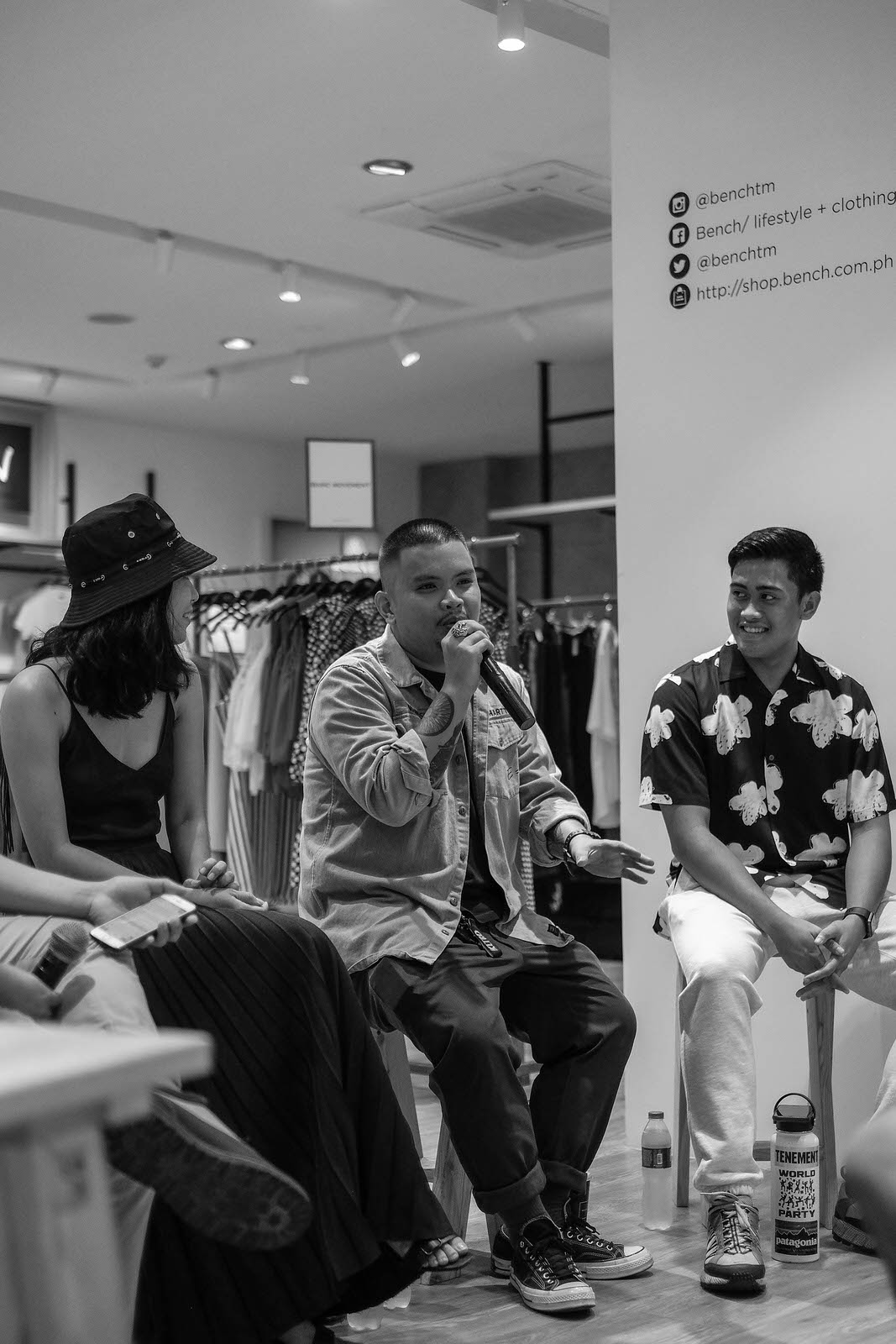
Esme says to “Pull your friends, your biggest supporters. Pull talented individuals within your network to help with production; look for willing models who believe in your products. And don’t underestimate the sheer power of Instagram: pour lots of thought and professionalism into it—really take advantage of the application. While the channel is free, the execution of your content doesn’t have to appear overtly done by ‘a startup.’ Take it very seriously, and the medium will bridge you to opportunity.”
Van on the other hand, made sure to involve influential people within the sports community—which wasn’t so much of a challenge for the basketball enthusiast who already had his circle of childhood friends willing to rep Tenement as a brand. All acknowledge that visibility within the community is important: beyond gathering a strong presence online, owners must make an effort to connect with their customer-base outside of their screens; pop-up booths at fairs would be a good place to start—specifically ones that gather an audience you’re targeting or curious about. Presence during related events grants you accessibility to certain significant players within your industry, allowing you to seek out potential mentors too.
Sometimes, the tricky part about handling inventory is wastage. Sampling products may take a while, and mistakes often ensue when it comes to dealing with suppliers. It’s a hit and miss at the beginning, so do your homework on production prior to shelling out capital. But since slip-ups are certainly inevitable, our panelists stressed how critical it was to stay on top of things: practice due diligence by consistently following up on production; until you develop a strong sense of confidence in your workers, you can’t simply let the process be. To some degree, micro-management (at the start) is necessary. French Andico spoke of the creative ways he came up with to deal with loss: “On one occasion, they got the spelling wrong. What do you do when a batch of shirts have gone awry in production? — We resorted to upcycling the material to create pillow cases instead. And since these learning experiences can be hard on the pocket, you don’t forget; you make sure to improve your process the next time around.”
The brand owners agreed that the biggest challenge they’ve come across was having to make do with the limited supplier-options available in the country; which lends to the Filipino principle of “diskarte” consequently kicking in.

It’s easy to start a brand, but it takes real, hard work to get something off the ground. What’s the one secret sauce that keeps the market coming back? – Everyone had to agree on CONSISTENCY.
Mong underlines how brands come and go; he believes that your ability to succeed will depend on how you can ably deliver the same intense energy you’ve had since day one. This game is all about endurance. How do you intend to bring that same foundational flame to the table, every day?
So, allow me to end by quoting Churchill: “Success consists of going from failure to failure without loss of enthusiasm.”

